Soft robotics¶
Reference¶
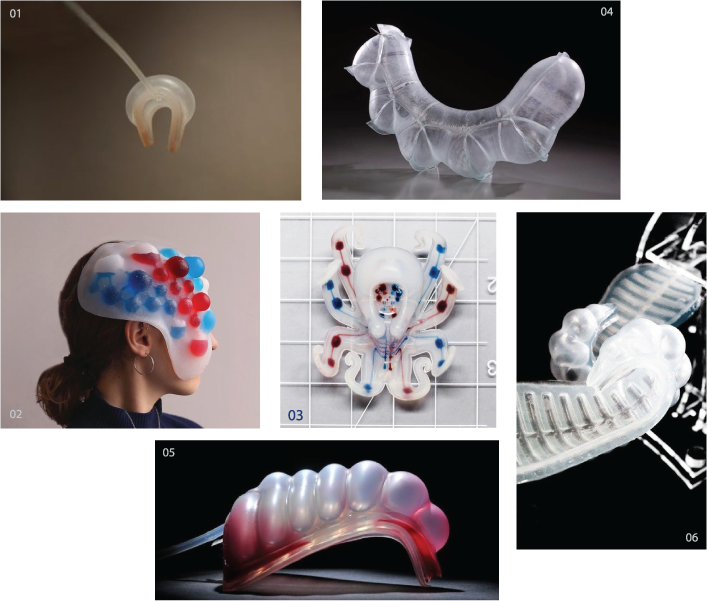
01 Emotive Soft Robotics Exhibition, RCA
02 Adi Meyer, Sirou Peng and Silvia Rueda
03 Meet the World’s First Completely Soft Robot
05-06 Bijing Zhang and Francois Mangion
Research¶
Soft robotics constitutes a specialized domain within robotics, focusing on the conception, assembly, and operation of robots using pliable and deformable materials. In stark contrast to the conventional rigidity of robotic components, soft robots leverage materials capable of substantial deformation, facilitating interactions with their surroundings in a manner reminiscent of natural organisms.
Materials of Soft Robotics:
-
Elastomers: Resembling rubber, these materials exhibit stretchability and deformability without compromising their original form.
-
Hydrogels: These water-absorbing substances alter size and shape in response to environmental conditions.
-
Shape Memory Polymers: Materials capable of reverting to a predetermined shape after deformation.
-
Textiles: Flexible and stretchable fabrics seamlessly integrated into soft robotic structures.
-
Fluids and Gels: Materials with dynamic properties, allowing flow and shape alteration, thereby introducing a fluidic dimension to soft robots.

Applications of Soft Robotics:
-
Medical Robotics: Soft robots find application in surgery, rehabilitation, and prosthetics, given their compatibility with the human body and ability to conform to soft tissues.
-
Search and Rescue: Well-suited for navigating intricate and cluttered environments, soft robots prove invaluable in search and rescue operations within disaster-stricken areas.
-
Human-Robot Interaction: Tailored for secure interaction with humans, particularly in collaborative workplaces or supportive roles.
-
Agriculture: Delicate tasks such as fruit picking and crop harvesting benefit from the deployment of soft robots to avoid damage.
-
Underwater Exploration: The adaptable and pliable nature of soft robots makes them well-suited for underwater exploration, seamlessly adjusting to the fluidic environment.
-
Prosthetics and Wearables: Soft robotics contributes to the advancement of prosthetics and wearable devices, crafting solutions that are both comfortable and adaptable for users.
-
Entertainment and Social Robots: Soft robots play a role in crafting interactive and socially engaging robotic entities, fostering a more natural and immersive interaction with users.
 Source: Soft Robotics: A Perspective—Current Trends and Prospects for the Future
C. Majidi
Source: Soft Robotics: A Perspective—Current Trends and Prospects for the Future
C. Majidi
Process and workflow¶
Heat press vinyl
The first step is to draw the portions expected to be filled with gas (anticipated to expand and deform) and the desired shapes in Rhino, then send baking paper to laser cutting.
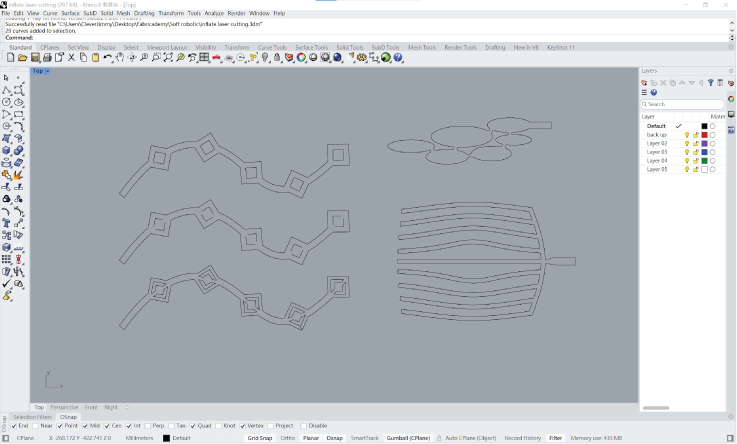
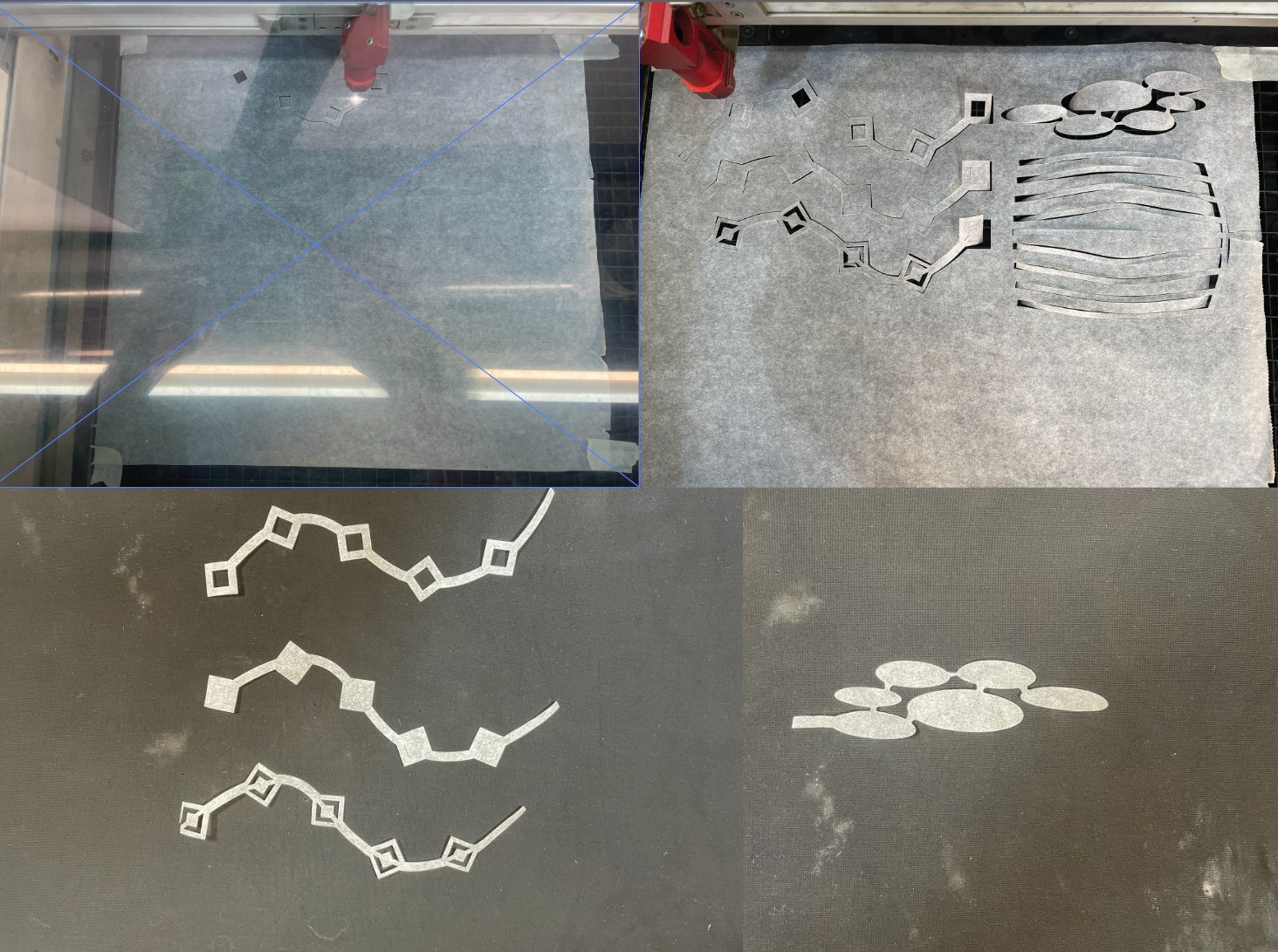
Next, sandwich the cut baking paper between two pieces of vinyl and feed them into the heat press. Remember to place an additional layer of baking paper both above and below the vinyl to prevent it from sticking to the heating plate.
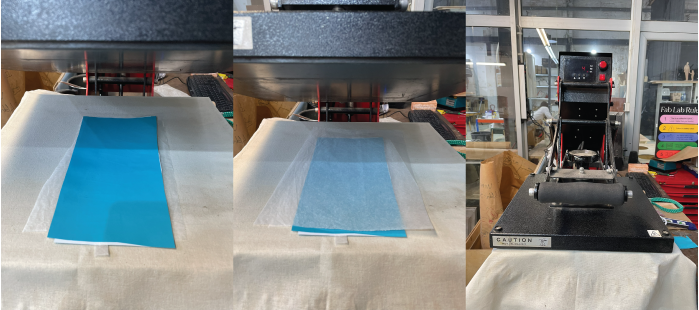
Heat press vinyl movement result
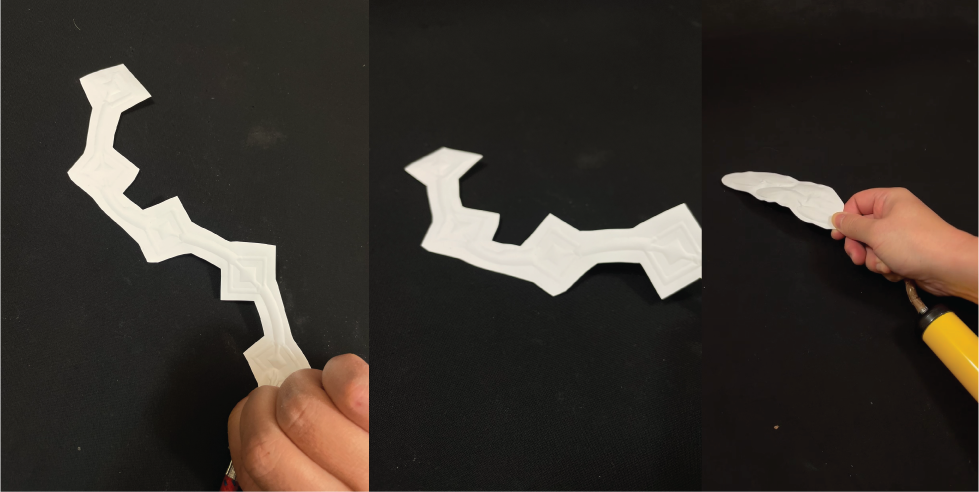
Silicone
First, you must have a model used for silicone casting. In our case, we obtained this model from Thingiverse, then 3d printing it.

Next, start to proceed with the silicone casting. We use a silicone material from a brand called "Dragon Skin." It exhibits high stability and sufficient flexibility, making it commonly employed for special effects makeup (such as masks) and intricate models. The working time is only 20 minutes; otherwise, it will start to cure. A complete cure requires half a day to a day.

Once you have the main structure, you need to seal the other side to create an internal space, preventing leakage when the fluid enters. There are two common methods: adding another layer of silicone or using fabric as the other side. In this case, I chose to use fabric. Research indicates that this method might result in larger deformations. Let's verify this in practice.
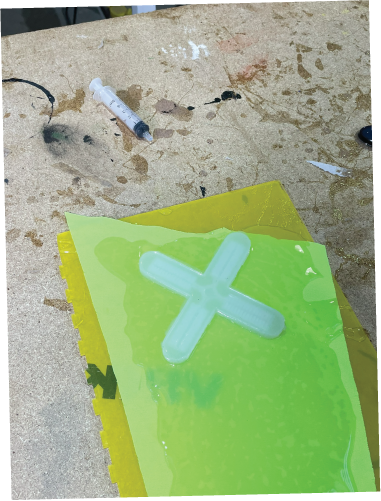
Result, the motion is extremely dynamic! Perhaps it's due to using a high-pressure air gun for inflation, making the deformation very pronounced. (Thanks to my classmate Hala for inflating it, allowing me to capture the moment.)
Bio-Silicone
This is an additional material I wanted to experiment with. Using a bioplastic based on gelatin, I significantly increased the glycerol ratio, aiming to enhance flexibility and elasticity. I hope to succeed in demolding complex 3D models. The model is adjusted based on a design obtained from Thingiverse, modifying its lines and shapes.
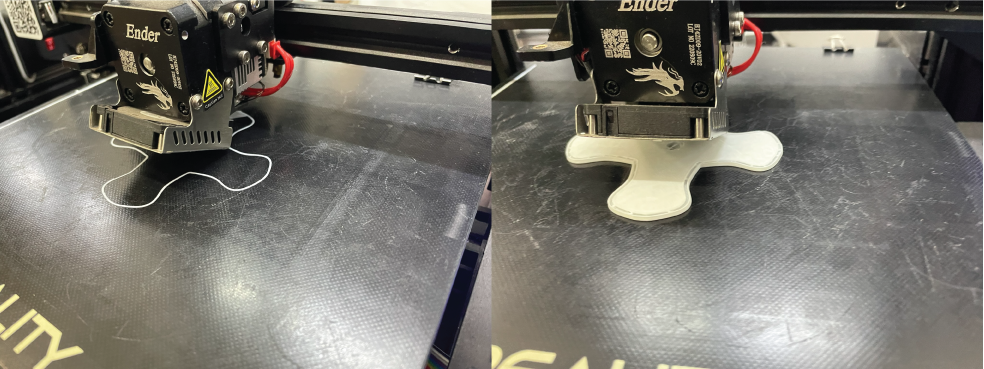
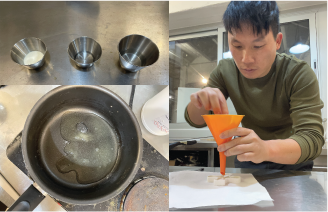
Unfortunately, during the demolding process, the bioplastic's flexibility still proved insufficient, and it broke when stretched to a quarter of its length.
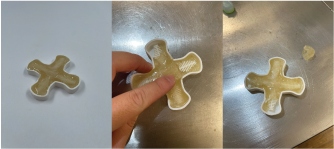
Conclusion
Soft robotics offers numerous possibilities for expansion in terms of materials, structural design, and even the fluids used in applications. However, I believe that exploring the realm of bio-materials is a direction worth continuous pursuit. If a stable formula can be found in the future that is sufficient to replace silicone, it would represent a significant breakthrough in terms of sustainability.
Fabrication files¶
-
File: Rhino for laser Cut ↩